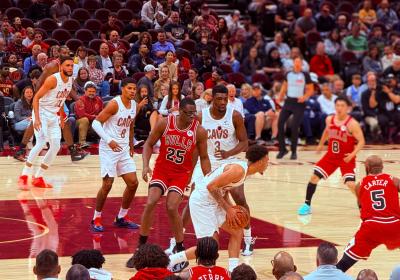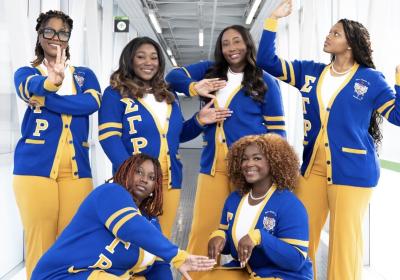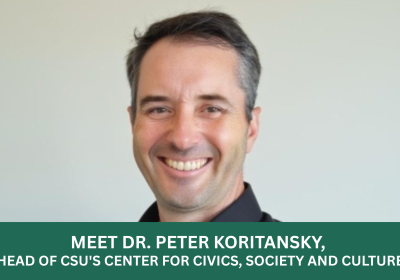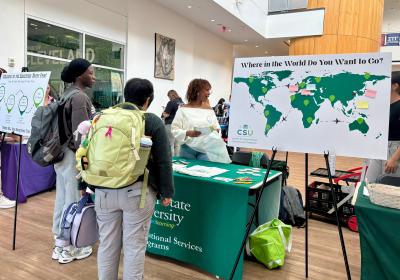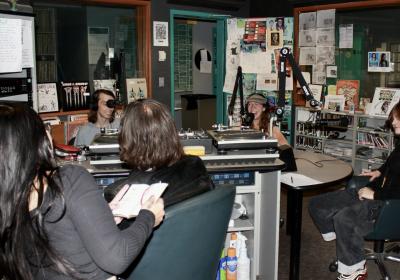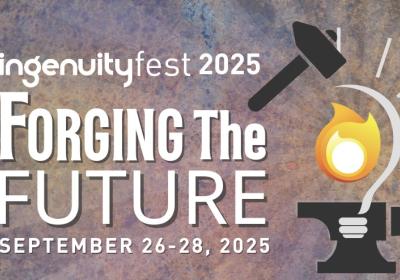
Cleveland State University talks future economic plans
Cleveland business leaders continue to battle with the economic, social, fiscal and health impacts of the coronavirus pandemic. High-quality, low cost public education plays a defining role in everyone's future.
Cleveland State University's official website announced the upcoming efforts in broadening students and Cleveland Citizen’s future highlights that, “The pandemic is unlike other crises that the community has faced together as a whole. The delicacy of this pandemic requires more thought provoking and creative ways of thinking.”
The website also went on to say that “a blueprint for success begins with the transformational power of a public urban research institution to highlight innovation while building partnerships to remove barriers to social and economic mobility.”
Five components will help accelerate Cleveland as told by CSU’s website:
Component 1
First, invest in specific educational pipelines to increase the number of 4-year degrees awarded - with specialty training geared to specific skills - where demand will be high in the region's new, post-COVID economy.
Before the pandemic hit, Cleveland had more than 30,000 job postings in the health care sector alone, with more than 11,000 openings for registered nurses. Although some of that demand has temporarily slowed, current projections show significant current and future needs in urban and community health, public health, digital and connected medicine, information technology, biomedical engineering, and an entire host of health prevention and disease management support-related fields.
CSU is already looking at ways to help address these gaps. Through its “CSU 2.0” process, it is reimagining how to meet future needs of the community and the region by working on ways to reposition its Colleges and Schools to align with these needs.
Since over 80% of CSU's graduates choose to stay, work, and live in Northeast Ohio after graduation, the university asks who is better equipped to “fuel” the number of higher education degrees, certificates, adult learning opportunities and virtual education programming that support current and future industry growth?
Component 2
Make improving and sustaining the health of the CSU community the university's number one priority. Cleveland, with three major successful health systems in the Cleveland Clinic, University Hospitals, and the MetroHealth System, and two large research universities in CWRU and CSU, is one of the leading health care research and teaching hubs nationally.
Nonetheless, more than half of Cleveland’s children and more than 30% of its residents—triple the national rate—still live below the federal poverty line, and this drives poor health outcomes. Cleveland residents are below national averages on most accepted and reported measures of health.
Economic vitality and successfully attracting new industry depends on our communities being healthy. CSU believes there is no better time for an integrated Public Health Initiative – that focuses on education, training, solving the urban public health challenges of Cleveland, and creating jobs around a new public health narrative – to finally and ultimately improve lives for all Clevelanders.
Component 3
Create a research and education Innovation District [distinct from the Cleveland Innovation District] where Cleveland becomes a destination for future entrepreneurs and job creators.
In Mid-Town, community leaders are discussing ways to create an Innovation District (modeled after successful districts in St. Louis and Philadelphia) to accelerate commercialization of university research, recruit local innovators and global companies, and provide co-op training and paid internship experiences for students and apprentices.
Along with PhD and graduate students, these districts focus on creating and developing advanced health care and smart manufacturing positions at all technical, skill and education levels.
CSU has already instituted the “CSU Promise” to all current and future students: any student who seeks a paid internship, externship, or co-op will get one. This builds on CSU's rich tradition of placing students at companies here in NEO – many of whom are first generation college students and underrepresented minorities.
Component 4
Collectively invest in re-educating and graduating the 1.5 Million Ohioans - 315,000 who live in Northeast Ohio – who have some college education and no degree. Upgrading workforce skills – particularly important in times of economic downturns - leads to higher paying jobs.
Although various stand-alone certificate programs and specific training can pay short-term dividends, nothing equals a four-year degree as an economic “equalizer” for wealth disparity and prime driver in social mobility. Creating talented graduates at scale transforms regional economies, draws companies in, and prevents industry and company “flight” when talent pools are thin.
CSU, recently ranked by U.S News & World Report as the #1 public university in Ohio among “Top Performers on Social Mobility” and #119 nationally, is already a leader here, and will be looking to significantly expand, direct and streamline pathways to meaningful degrees that lead to jobs. Talent development is the key to Northeast Ohio’s future.
Component 5
Double-down on partnerships that leverage our strengths and are specifically focused on broad-based talent recruitment, growth and development. Recently, focused conversations among local corporate, civic, educational, and philanthropic leaders have led to several specific concrete commitments on public-private partnerships uniquely fitted to Cleveland.
One example: the Parker-Hannifin Living Learning Community at CSU, a residential experience that integrates academic support, leadership, training, mentorship and experiential learning. All 30 students from year 1 were back in 2020 for sophomore year – an extraordinary achievement that demonstrates our unique approach to “Engaged Learning” that changes lives.
Another: the partnership between CSU and Case Western Reserve University on the Internet of Things, a research collaborative funded by the Cleveland Foundation to position Cleveland as a leader in digital innovation. The initiative, which has already resulted in attracting top academic talent and the creation of research labs, was recently awarded additional funding which will further support the work impacting cutting-edge digital technology.
The Result
In the next 5-10 years, all students and Cleveland citizens alike have an opportunity to reinvent the future of Cleveland.
CSU is ready to it’s part in promoting accessible, meaningful, and affordable education, in producing workforce-ready graduates, and growing connections to good jobs. CSU takes part in leveraging intellectual capital to drive innovation and economic growth while building the kinds of public-private partnerships that gives off the confidence that can make the necessary investments to move forward.


